Version History
Release 2.1
-
- The Security Analysis is supporting N-2 generic incidents per region and voltage level.
-
- IPSO 2.1 is powered by a new version of the Knitro solver. An output-listing is introduced and some improvements have been done in the graphical interface. Group of transformers can now address three-winding transformers.
-
- The Application Programming Interface (API) introduced in the previous version of EUROSTAG® is extensively enlarged with new functionalities:
- Numerous functions allowing to retrieve all the parameters of any equipment;
- After having done a simulation, potentially step by step, all the characteristics available in the post-processor can be retrieved in the API;
- A framework is introduced allowing the user to implement his own user-defined automatons. All necessary functions for retrieving triggering automaton, triggering time, triggering criteria, .. and event generation are also available;
- An exercise of the tutorial is demonstrating the advanced possibilities of that API.
- The Application Programming Interface (API) introduced in the previous version of EUROSTAG® is extensively enlarged with new functionalities:
-
- The performance of the dynamic simulation on very large systems are improved through the introduction of a new factorization scheme (KLU), an accelerated initialisation phase and the parallel evaluation of the functions and jacobians.
- Arnoldi method is now available allowing the computation of the right-most eigenvalues of large systems.
- The efficiency and the user-friendliness of the dynamic simulation is reinforced with several intelligent procedures as automatic initialisation of the undefined variables, minimum integration step management, identification of variables slowing down the simulation, …
This version includes the full support of CSC and VSC HVDC in static modelling and tools (AC Load Flow and Security Analysis) as well as in dynamic tools (EUROSTAG® 5.1 and SYSCAN 5.1).
EUROSTAG® 5.1 is delivered with an Application Programming Interface (API) allowing the simulation to be controlled from an external program or script implemented in Matlab, Python, C++ or any platform able to use a win32 DLL.
IPSO 2.0 supports HVDC modelling in OPF and SCOPF. In case of infeasibility, the relaxation of the constraints is implemented.
The PSA File Editor allows for exporting the data to Excel. Contour colouring is now available in the Network Editor using the different modules results.
Release 1.3.4
This version includes EUROSTAG® 4.5 with powerful new features and improved models. In IPSO 1.6, strong improvement of the optimization algorithm gives a faster convergence to more accurate solutions. Static short-circuit computation synthetic results can be displayed on the Network Editor for graphical analysis.
Release 1.3.3
Allowing better analysis of network behaviour, new features have been developed in the Network Editor and the Static Security Analysis and the Static Reduction modules. Display of Optimal Power Flow relevant results on the Network Editor is now also available.
This new version includes IPSO 1.5 with improved memory use allowing the treatment of bigger Security Constrained Optimal Power Flow problems. An automatic post-processor eases the interpretation of results and the identification of the limiting constraints (those which do not allow to reduce/decrease the objective function).
Amongst other improvements, the display of results on several synchronized graphical schemes of the Network Editor module is offered.
Including EUROSTAG® 4.4, this release offers several improvements in utility modules increasing both data validation and user friendliness.
Release 1.3
Main feature of this release is the development of IPSO 1.4, which uses a new and improved version of the optimization algorithm.
SYSCAN, an universal DSA (Dynamic Security Assessment) tool is added to SMART FLOW.

